Guides
WOHNEN Guides
Welcome to Marbella WOHNEN Guides, where we provide comprehensive information and expert guidance to help you navigate the property market in Marbella. Our guides cover the purchasing and selling processes, legal and financial requirements, and tax implications of owning property in Marbella. Our bespoke Area Guides offer valuable insights into Marbella’s most desirable locations, to make deciding where to live or invest easier. Trust Marbella WOHNEN to help you confidently navigate the property market in Marbella.
Reports and news about property market
Stay informed with our latest reports and news about the property market. We provide comprehensive insights and updates on market trends, property values, and investment opportunities. Our expert analyses and timely reports help you make informed decisions, whether you’re buying, selling, or investing.
Read moreReports on the La Zagaleta real estate market
Stay informed about luxury home sales and trends in La Zagaleta. We provide comprehensive insights and updates on market trends, property values, and investment opportunities. Our expert analyses and timely reports help you make informed decisions, whether you’re buying, selling, or investing.
Read moreArea Guides
We have put together our bespoke guides to Marbella’s key areas, highlighting everything you need to know about Marbella’s most sought-after and desirable locations.

Finca Cortesin Area Guide

Los Flamingos Golf Resort Guide
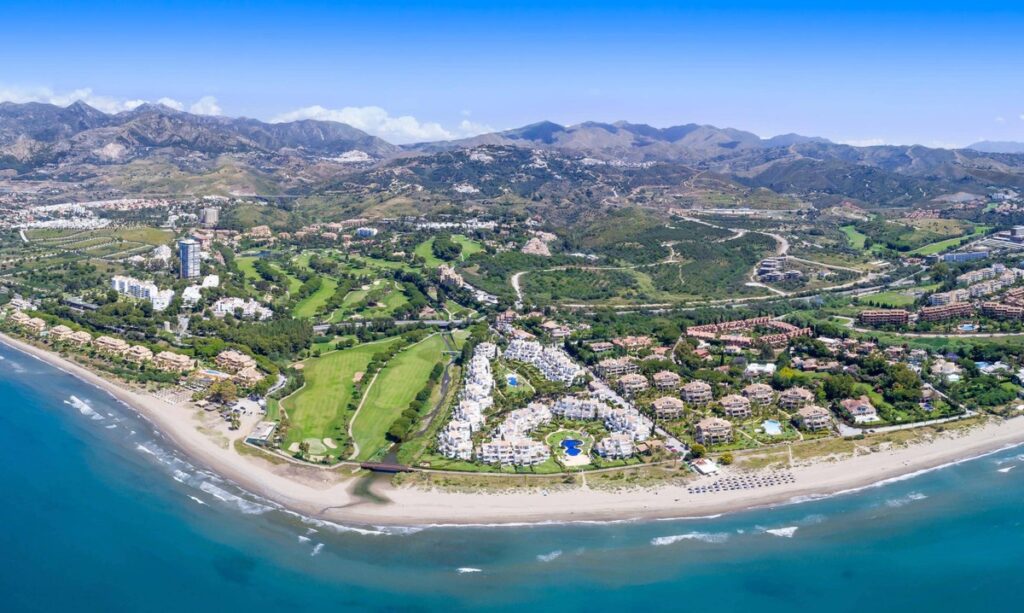
Marbella East Area Guide

The ultimate guide to golf in the Costa del Sol

Nueva Andalucia Area Guide
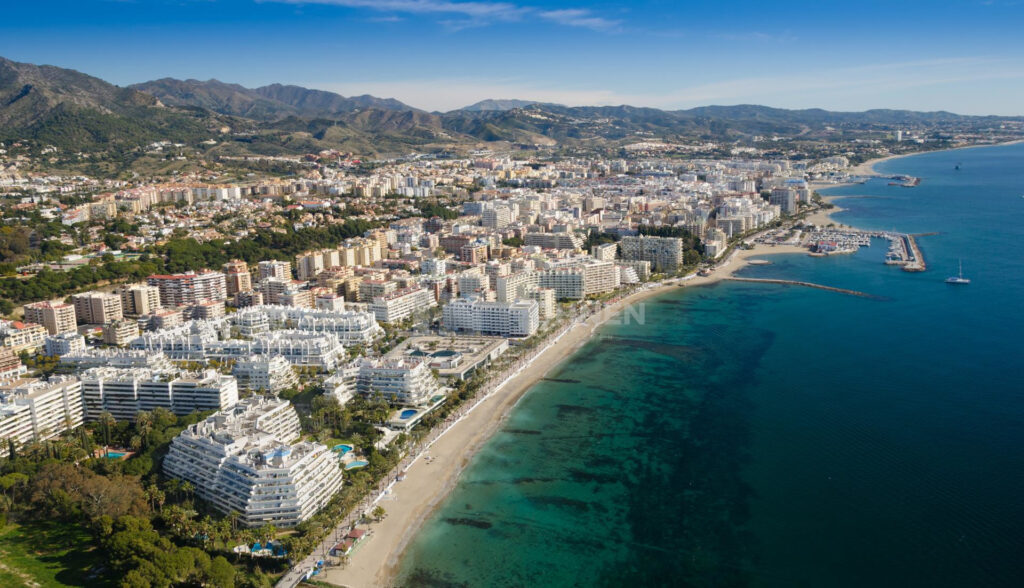
Marbella Area Guide
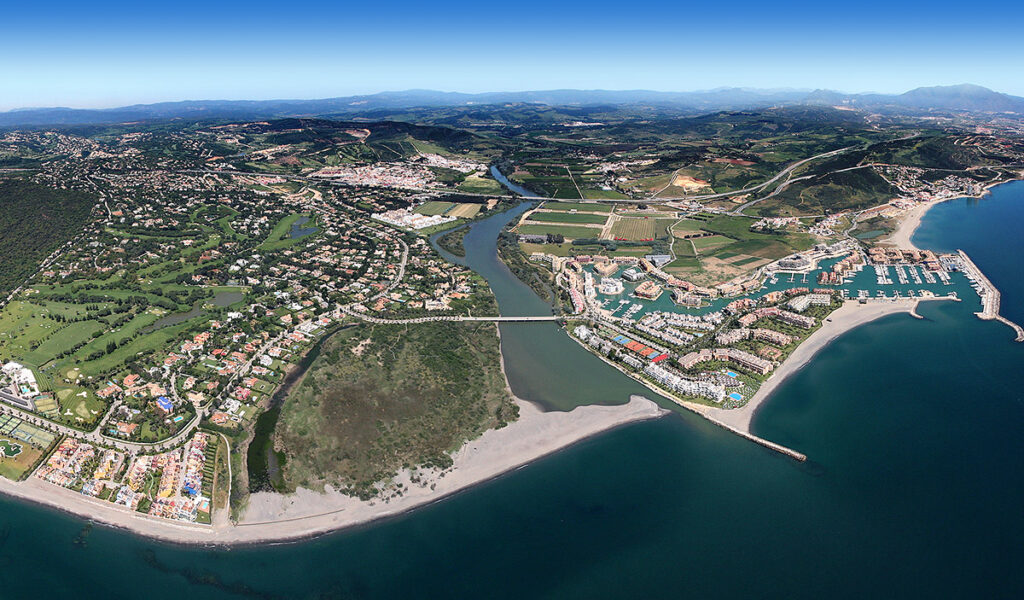
Sotogrande Area Guide
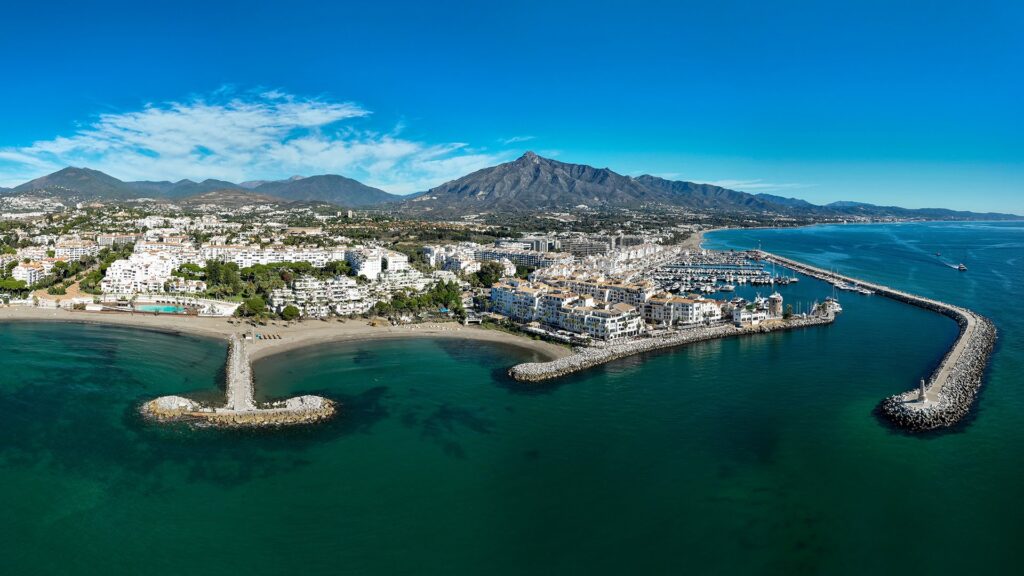
Puerto Banús Area Guide
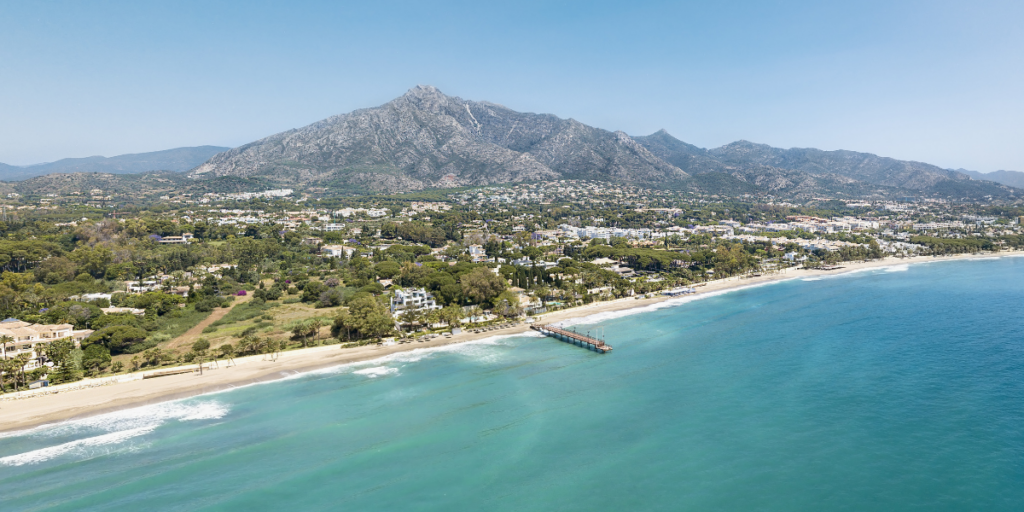
Marbella Golden Mile Area Guide

La Zagaleta Area Guide

 Spanish
Spanish  English
English  German
German 


